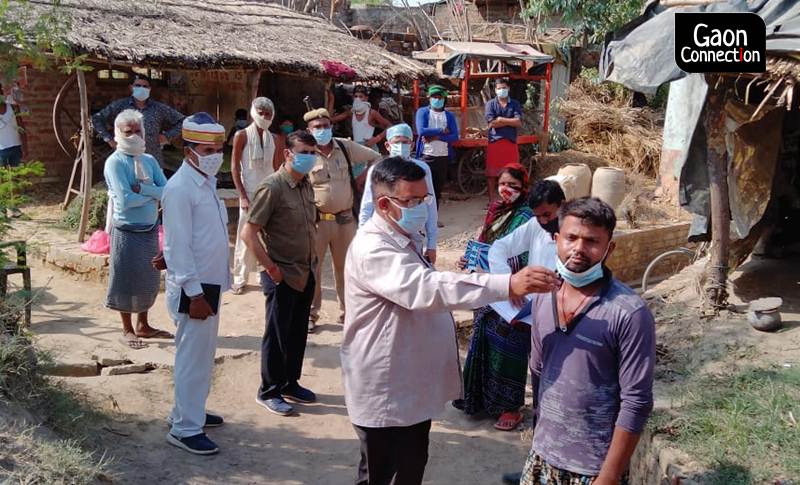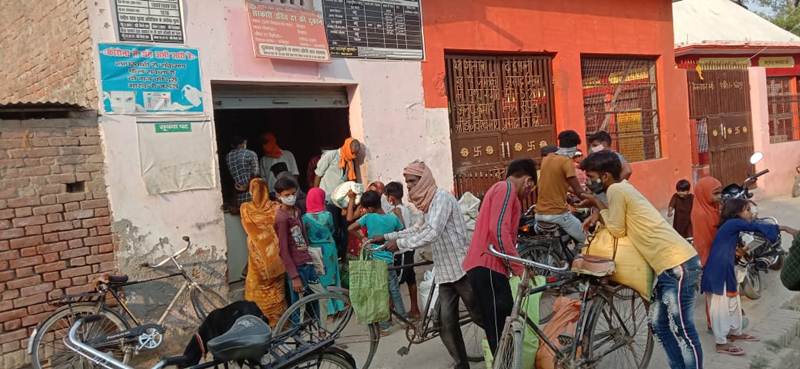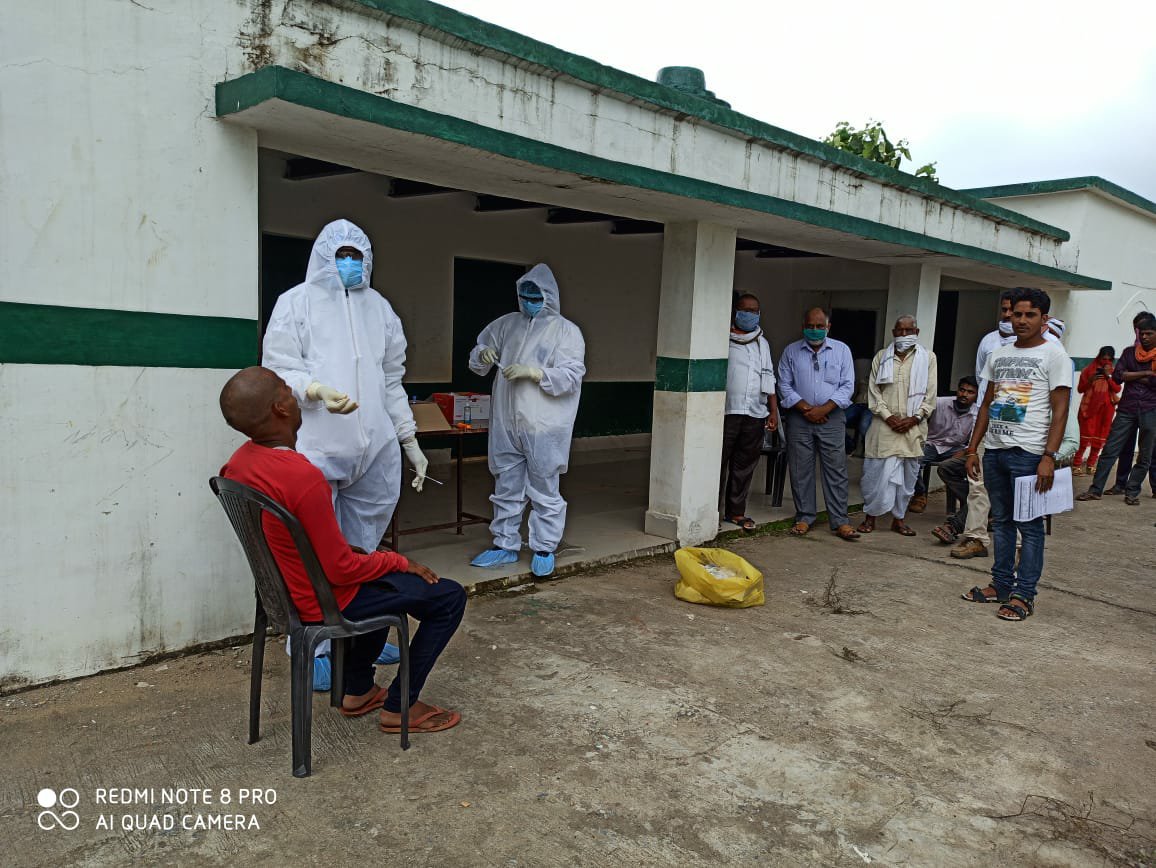As COVID19 wreaks havoc in India’s villages, Health Ministry issues fresh guidelines for rural, tribal, peri-urban areas
With India reporting a spurt in COVID19 cases from its hinterland, the Union Health Ministry has issued guidelines to contain the spread of infection in rural India where about 65 per cent of the country’s population lives. More details here.


The SOP recommended developing a system of providing pulse oximeters and thermometers on loan to families with a confirmed case of Covid through ASHA/ Anganwadi workers and village-level volunteers. Photo: Virendra Singh
A couple of days after Prime Minister Narendra Modi stated that the COVID19 pandemic is rapidly spreading in India’s rural areas, the Union Ministry of Health and Family Welfare issued fresh guidelines to tackle the spread of infection in the country’s villages.
While releasing the set of guidelines titled ‘SOP on Covid-19 Containment and Management in Peri-urban, Rural & Tribal areas’, the ministry stated that these areas should plan COVID Care Centres (CCC) of at least a 30 bed capacity for asymptomatic cases with comorbidities or mild cases where home isolation is not feasible.
The ministry statement added that CCCs can admit a suspect or confirmed case but should be equipped for separate areas for suspected and confirmed cases with preferably separate entry and exit for each.
The CCCs are makeshift facilities under the supervision of nearest PHC/CHC and may be set up in schools, community halls, marriage halls, panchayat buildings in close proximity of hospitals or healthcare facilities, or tentage facilities in panchayat land, school ground, etc.

The SOP mentioned that such Covid care centres should be equipped with Basic Life Support Ambulance (BLSA) networked among such CCCs equipped with sufficient oxygen support on 24×7 basis, for ensuring safe transport of patients to dedicated higher facilities if the symptoms progress from mild to moderate or severe.
“Suspect and confirmed cases should not be allowed to mix under any circumstances,” the SOP said.
“Nearly 80-85 per cent Covid -19 cases are asymptomatic/ mildly symptomatic. These patients do not require hospitalisation and may be managed at home or in Covid care isolation facilities,” the it added.
The ministry also advised that it is desirable for each village to have adequate numbers of pulse oximeters and thermometers as monitoring the oxygen saturation is vital for COVID19- infected patients.
Also Read: Rising hunger stares rural India in the face as the second wave of COVID invades villages
“Pulse oximeters and thermometers should be sanitised after each use with cotton or cloth soaked in alcohol-based sanitiser,” it added.

The SOP mentioned that symptomatic cases can be assessed at village level by tele-consultation with Community Health Officer (CHO), and cases with comorbidity or low oxygen saturation should be sent to higher centres.
The SOP also recommended developing a system of providing pulse oximeters and thermometers on loan to families with a confirmed case of Covid through ASHA/ Anganwadi workers and village-level volunteers.
Follow-ups for patients undergoing isolation or quarantine could be done through household visits by a frontline worker/ volunteers/ teacher duly following required infection prevention practices including use of medical mask and other appropriate precautions.
“Home Isolation kit shall be provided to all such cases which should include required medicines such as Paracetamol 500 mg, Tab. Ivermectin, cough syrup, multivitamins (as prescribed by the treating doctor) besides a detailed pamphlet indicating precautions to be taken, medication details, monitoring proforma for patient condition during home isolation, contact details in case of any major symptoms or deterioration of health condition and the discharge criteria,” the SOP stated.

